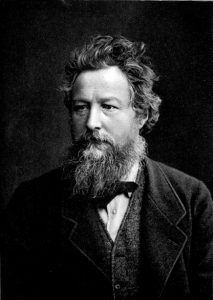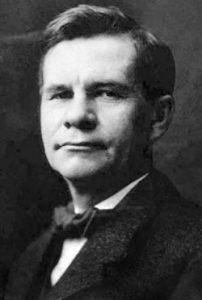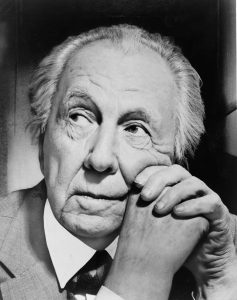Who Were the Major Players in the History of Craftsman
Craftsman architecture wasn’t just about building houses, it was part of a broader movement that included, designers, craftsman, philosophy and architects. If you read through the history of Craftsman inspiration came from everywhere. Who were the influencers, who took their inspiration and brought it to the public? Here are some of the largest influences in the Craftsman movement.
William Morris

William Morris
Morris was an English artist, writer, socialist, textile designer and had even trained for awhile as an architect. As the driving figure in the English Arts & Crafts movement, most of his vision developed in the 1850’s while being a student at Oxford. It was there he developed a love of romantic literature, art combined with a vision of social reform. Morris first began designing furniture and home interiors. He believed that the exercise of design needed to be combined with the act of creating the pieces. He wouldn’t allow work to be carried out in workshops unless he had first perfected the craft.
In the early 1860’s Morris started making his furniture and designs available commercially. He patterned his designs on medieval styles using functional form and bold colors. He took inspiration from nature combining structure with function. After having his work exhibited at the 1862 International Exhibition, Morris became very popular. He was commissioned to decorate St James Palace and the South Kensington Museum. By the end of the century his Arts & Crafts style was in homes all over Britain.
While there were many players that were influential in the Arts & Crafts movement, William Morris is considered the godfather. His influence is still felt among designers today.
Gustav Stickley

Gustav Stickley
If William Morris was the godfather of the Arts & Crafts movement in England then his American counterpart was Gustav Stickley. Like Morris he wore many hats, furniture maker, architect, designer, philosopher and stone mason. In 1895 Stickley traveled to Europe for the first time and got to see firsthand the Arts & Crafts movement, the following year he made the trip again. The Arts & Crafts movement he saw in England spoke to the artist in Stickley and he embraced the movement whole heartedly.
Back in the US he started his own Arts & Crafts line with designer Henry Wilkinson and later Lamont A. Warner, this line was called the “New Furniture”. Stickley’s line, distributed through Tobey Furniture Company of Chicago was a huge departure from the Victorian age furniture being sold at the time. The furniture had plain surfaces, clean lines with hammered metal hardware, all of it was meant to emphasize a handmade quality.
In 1901 Stickley launched The Craftsman magazine with Irene Sargent taking over editorial duties, The Craftsman became the authority on all things Arts & Crafts in the US. In the early editions it focused mainly on the work of Morris and Ruskin in England as it grew it covered everything from architecture to social issues of the day. The magazine cemented Stickley’s place in the movement but it also paved the way for future architects and designers.
Charles and Henry Greene
The Greene brothers established an architectural firm in Pasadena in 1894, through this firm they paved the way for the explosion of Craftsman homes in California. Famous for their bungalow designs and the “ulitimate bungalow” they incorporated the distinctive Craftsman style into the homes they built. Thorsen House and the Robert R Blacker house in Pasadena are considered some of the finest examples of Craftsman architecture ever built.
Like other architects in the Craftsman movement they too designed furniture to work within the houses they built. The Greene brother stuck with residential housing and did very few commercial projects despite numerous offers. Their philosophies and attention to detail was far better suited to residential projects in which they were masters. Their influence is seen all over California in the sheer number of Craftsman bungalows built there.
Frank Lloyd Wright

Frank Lloyd Wright
You can’t mention Craftsman homes or architecture without the works of Frank Lloyd Wright being part of that conversation. One of the most prolific and renowned architects of his time, his contributions to the Craftsman movement are simply enormous.
As one of the leading figures in the Chicago School and the Prairie School the brilliance of his design can be seen all over Oak Park, Illinois. Wright sought to blend the homes he built with the surrounding environment, the best example of this is Fallingwater. As the Greene brothers made the bungalow famous throughout California, Wright’s Prairie style Craftsman homes can be found all over the Midwest.
While there were many architects and designers found to be part of the Craftsman history and influence, this group by far had the largest impact. Morris as one of the earliest proponents and Stickley for bringing it to America. The Greene brothers and Frank Lloyd Wright for building some of the finest examples of Craftsmen architecture.
Leave a Reply